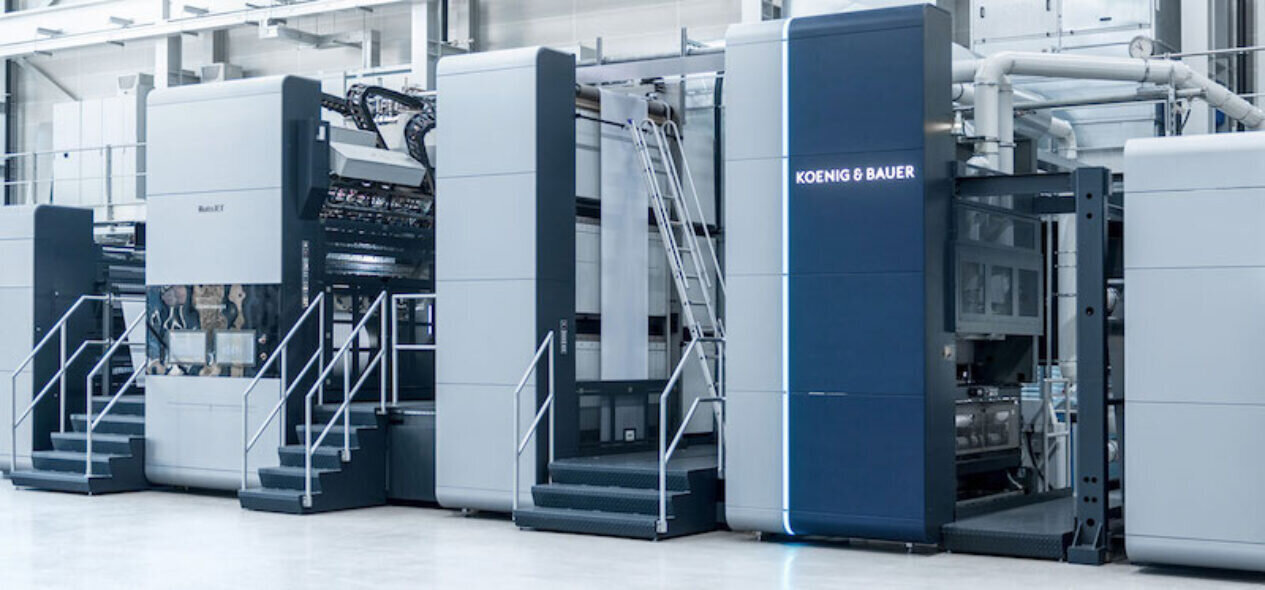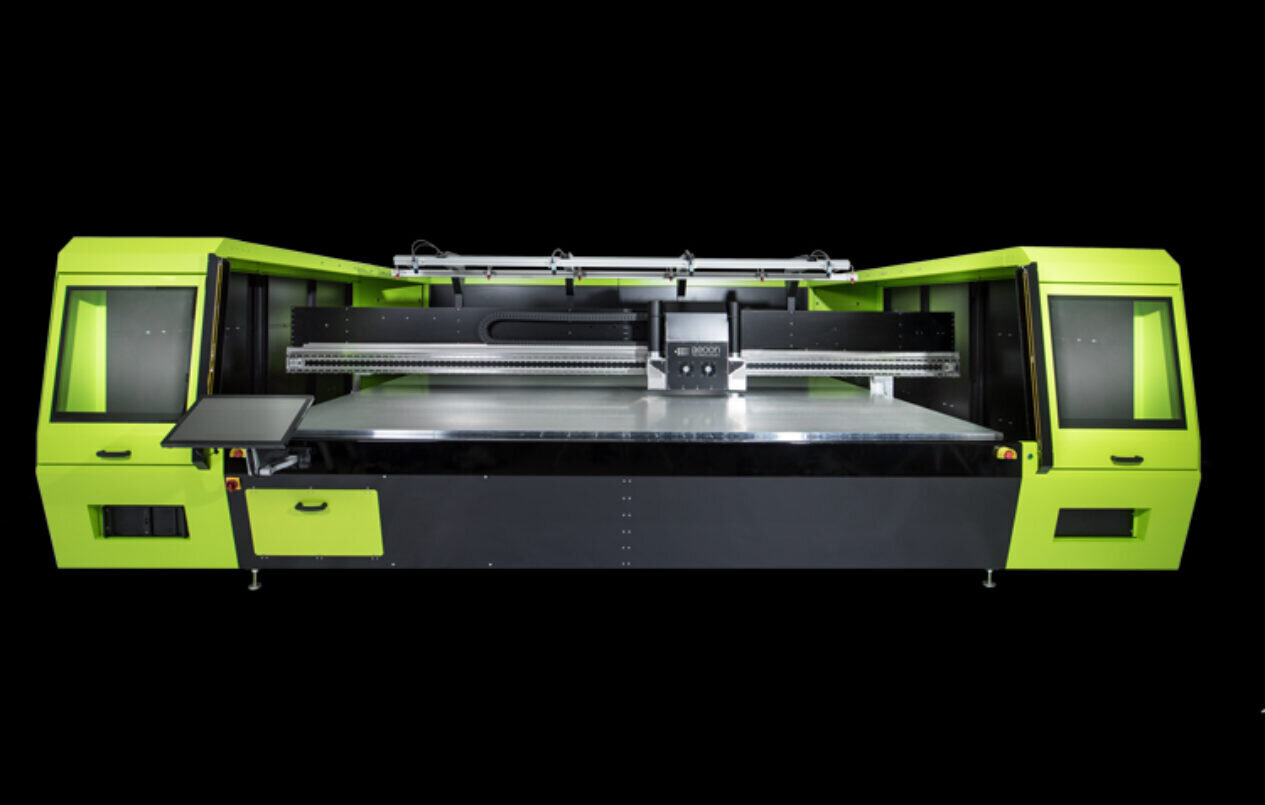Nessan Cleary details the advantages of using wood as a substrate and the numerous applications that wood is suited to. With the use of inkjet printing it can be transformed into much higher value products.
Wood is one of the oldest and most basic building materials. It’s also one of the most sustainable – it literally grows on trees – so it chimes perfectly with our new-found desire to use more environmentally friendly materials and yet although there is a great deal written about recycled media we don’t hear so much about wood.
Wood has many advantages as a substrate that should appeal to both large format service providers and customers in general. Wood has a texture and a warmth to it that give it a character that just can’t be replicated by man-made materials. It’s dimensionally stable and yet can be cut or bent into shapes. And there’s a huge variety of different trees, yielding many different types of wood that offer unique characteristics, whether that’s the strength we associate with oak or the lightness of balsa.
There are a number of applications that wood is particularly well suited to, which can basically be split into three areas: signage, small objects and decor. Wooden panels such as MDF and plywood make an excellent choice for outdoor signage since it is relatively cheap, easily recyclable and has good strength to weight ratio. Wood offers a traditional feel and can be easily cut to create bespoke shapes, both of which are useful characteristics for small signs as well as for retail shop fronts, pub signs or for office nameplates.
These same characteristics also means that wood is ideal for making small objects, such as coasters baby blocks and picture frames, as well as some packaging items such as boxes for wine bottles. Almost any flatbed printer can be used to print to sheets that can then be cut and shaped on a digital cutting table. UV-curable ink can be used to build up the ink film to give an embossed feel on top of the natural texture of wood. Some applications might benefit from a water-based resin ink, such as used by HP for its R-series of latex flatbeds.
However, small industrial flatbeds really shine in this area because of their ability to produce highly customised short runs. Most feature clear inks or varnish that can create gloss effects and add to the textured feel that makes such objects stand out. Roland DG’s VersaUV LEF series, Mutoh’s UF series, and Mimaki’s UJF series all come with inksets that are designed to be scratch resistant and should even stand up to being put in a dishwasher.
Decor
The other application that is ideally suited to wood is the decor market, mainly for flooring and table tops. One impact from the pandemic is that many businesses replaced their carpets with wooden or tiled flooring to allow for more effective cleaning and limit the risk of the Covid pathogens lurking around. Traditional wooden floorboards can be up to 25mm thick, which is suitable for nailing to joists. But there are many thinner flooring systems that are designed to cover concrete flooring, giving off a more aesthetic look and feel.
Printing is also widely used to create standard wooden floorboards. The main advantage is that you cut the cost and maintenance requirements by printing the pattern of a high value wood, such as oak, onto a much cheaper material. But there is also a good argument for sustainability since the base material could include fast growing woods like pine or manmade products using recycled wood fibres, helping to conserve less sustainable woods such as teak.
Koenig and Bauer’s Rotajet inkjet press is widely used to manufacture floorboards.
Image credit: Koenig and Bauer.

This is most commonly done with large volume production methods such as rotogravure, printing to decor paper that is then laminated onto the base. But there are also a number of digital alternatives, mostly aimed at medium production volumes. Perhaps the best known of these is the Koenig and Bauer RotaJet. This is a four colour inkjet press that uses a single print engine for decor applications, including printing wooden flooring panels. It uses Fujifilm Samba printheads and can run at up to 135 mpm at 1200 x 1200 dpi, or 270 mpm at 1200 x 600 dpi. It is available in web widths from 138 up to 225cm. The ink is a water-based polymer pigment ink combined with near infrared heating to dry the ink. The colours are CRYK, which are a better match to standard gravure inks and should limit any metamerism effects.
But digital printing can also be used for very short runs, such as to produce new boards to match a damaged section of flooring or to add bespoke effects such as a company name. In theory, any large format UV flatbed should be able to satisfy this requirement.
This Aeoon flatbed uses water-based inks to print to rigid materials including wood.
Image credit: Aeoon.

The Austrian company Aeoon makes a large format industrial flatbed printer that it specifically targets at wood decorating applications. It uses a water-based pigment ink that Aeoon claims can deliver very good colour light fastness. There’s an Adphos NIR system attached to either side of the print shuttle that’s used to preheat the material and to cure the inks.
It’s available as a standalone flatbed but can also be customised and integrated into existing production lines. The standard bed size is 150 x 300cm, which can be split across up to eight vacuum zones. There’s a choice of four or eight printheads to run either CMYK, double CMYK or CMYK plus four white channels. It’s said to be able to produce up to 400 sqm/hr in a single pass or half that speed with two passes for better image quality. It has a vision system that can automatically recognise 3D objects
As well as wood and wood composite boards, it will also print to corrugated panels, leather and glass, up to 50mm thick. It can also be configured with a UV inkset for printing to ceramics.
In conclusion, wood is often seen as a basic substrate that lacks the sophistication of some manmade materials. But inkjet printing can transform a relatively cheap sheet of wood into several higher value products, making it a good commercial proposition. Better still, its longevity and the overall sustainability associated with wood is a compelling argument.
To discover the latest content that covers a wide range of sectors including inkjet printing and sustainability sign up for FESPA’s free monthly newsletter FESPA World available in English, Spanish and German.